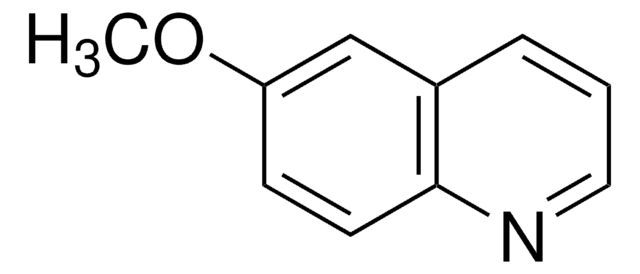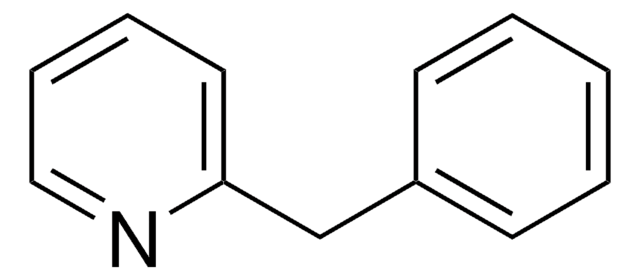299650
2-Phenylquinoline
99%
Se connecterpour consulter vos tarifs contractuels et ceux de votre entreprise/organisme
About This Item
Formule empirique (notation de Hill) :
C15H11N
Numéro CAS:
Poids moléculaire :
205.25
Numéro CE :
Numéro MDL:
Code UNSPSC :
12352100
ID de substance PubChem :
Nomenclature NACRES :
NA.22
Produits recommandés
Niveau de qualité
Essai
99%
Pf
84-85 °C (lit.)
Groupe fonctionnel
phenyl
Chaîne SMILES
c1ccc(cc1)-c2ccc3ccccc3n2
InChI
1S/C15H11N/c1-2-6-12(7-3-1)15-11-10-13-8-4-5-9-14(13)16-15/h1-11H
Clé InChI
FSEXLNMNADBYJU-UHFFFAOYSA-N
Informations sur le gène
rat ... Grin2b(24410)
Catégories apparentées
Description générale
2-Phenylquinoline is the major quinoline alkaloid of Galipea iongiflora, a Bolivian plant used as treatment for cutaneous leishmaniasis. Antinociceptive properties of 2-phenylquinoline isolated from the bark of Galipea iongiflora against different models of pain in mice were evaluated.
Application
2-Phenylquinoline was used in quantitative structure-activity relationship (QSAR) analyses of estrogen receptor β-selective ligands.
Mention d'avertissement
Warning
Mentions de danger
Conseils de prudence
Classification des risques
Eye Irrit. 2 - Skin Irrit. 2 - STOT SE 3
Organes cibles
Respiratory system
Code de la classe de stockage
11 - Combustible Solids
Classe de danger pour l'eau (WGK)
WGK 3
Point d'éclair (°F)
Not applicable
Point d'éclair (°C)
Not applicable
Équipement de protection individuelle
dust mask type N95 (US), Eyeshields, Gloves
Faites votre choix parmi les versions les plus récentes :
Déjà en possession de ce produit ?
Retrouvez la documentation relative aux produits que vous avez récemment achetés dans la Bibliothèque de documents.
Les clients ont également consulté
F Campos-Buzzi et al.
Methods and findings in experimental and clinical pharmacology, 32(10), 707-711 (2011-01-13)
The present study evaluated the antinociceptive properties of an alkaloid extract and 2-phenylquinoline obtained from the bark of Galipea longiflora Krause (Rutaceae) against different models of pain in mice. The results demonstrate that the alkaloid extract caused a pronounced antinociceptive
A Fournet et al.
Antimicrobial agents and chemotherapy, 40(11), 2447-2451 (1996-11-01)
The antileishmanial efficacies of 2-n-propylquinoline, chimanines B and D, 2-n-pentylquinoline, 2-phenylquinoline, 2-(3,4-methylenedioxyphenylethyl) quinoline, and two total alkaloidal extracts of Galipea longiflora were evaluated in BALB/c mice infected with Leishmania amazonensis or Leishmania venezuelensis. Animals were treated for 4 to 6
Balaji et al.
Journal of enzyme inhibition and medicinal chemistry, 26(6), 831-842 (2011-03-29)
Estrogen receptor beta (ERβ) selective ligands have attracted much attention recently in the design of anti-cancer drugs that are devoid of the common side effects of estrogen. Structural studies of estrogen receptor alpha (ERα) and β revealed that there were
Mehdi Sharifi-Rad et al.
Molecules (Basel, Switzerland), 23(7) (2018-07-19)
In this narrative review, we have comprehensively reviewed the plant sources used as antiulcer agents. From traditional uses as herbal remedies, we have moved on to preclinical evidence, critically discussing the in vitro and in vivo studies focusing on plant
Hye Jeong Yang et al.
Journal of ethnopharmacology, 208, 84-93 (2017-07-09)
Taraxacum coreanum Nakai has been traditionally used for treating inflammatory diseases including gastrointestinal diseases. We studied whether water extracts of Taraxacum coreanum Nakai (TCN) had a protective effect on acute and chronic gastritis induced by ethanol/HCl in an animal model
Notre équipe de scientifiques dispose d'une expérience dans tous les secteurs de la recherche, notamment en sciences de la vie, science des matériaux, synthèse chimique, chromatographie, analyse et dans de nombreux autres domaines..
Contacter notre Service technique![Benzo[h]quinoline 97%](/deepweb/assets/sigmaaldrich/product/structures/344/715/928932d2-4ca4-4402-b56c-85a80100ce17/640/928932d2-4ca4-4402-b56c-85a80100ce17.png)
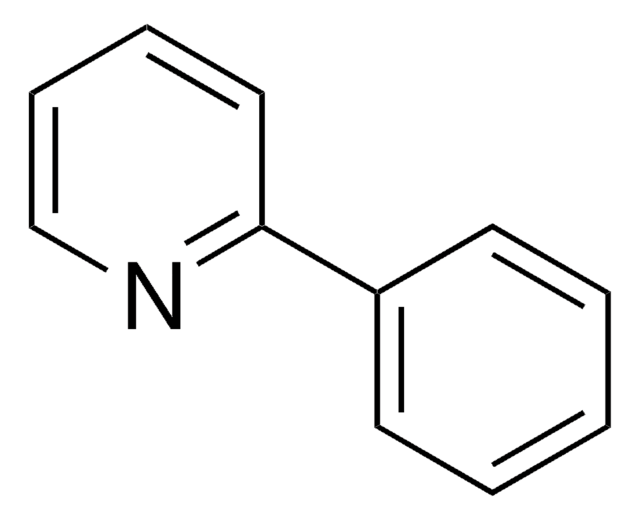
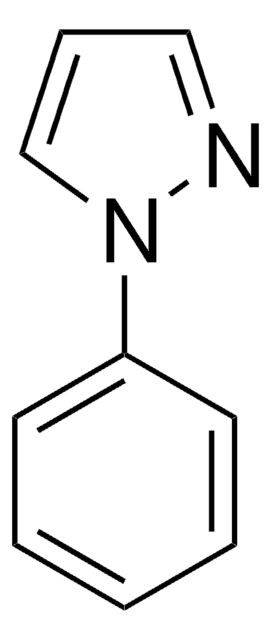

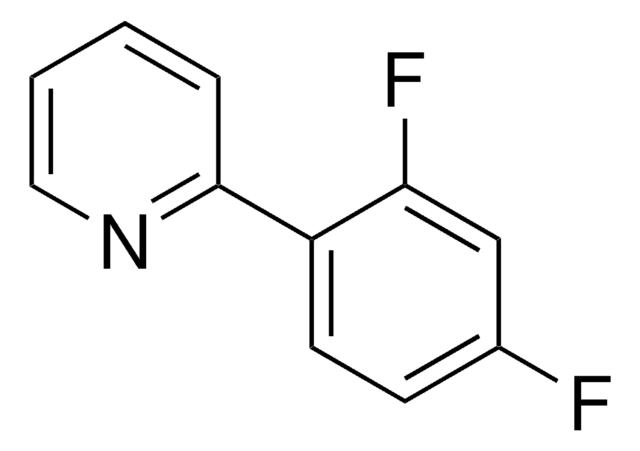
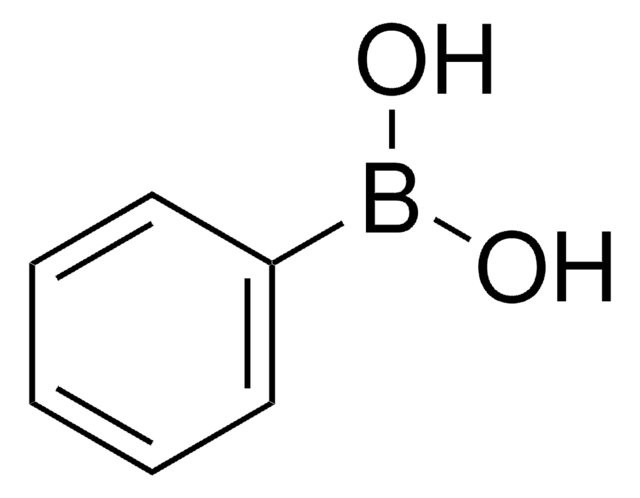
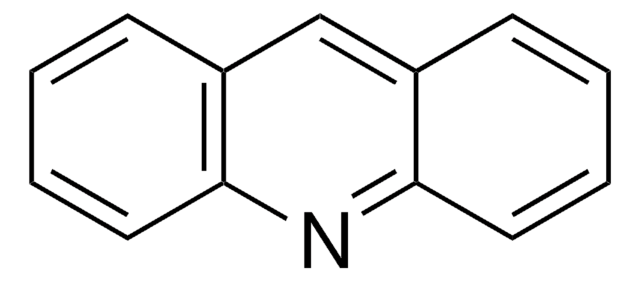
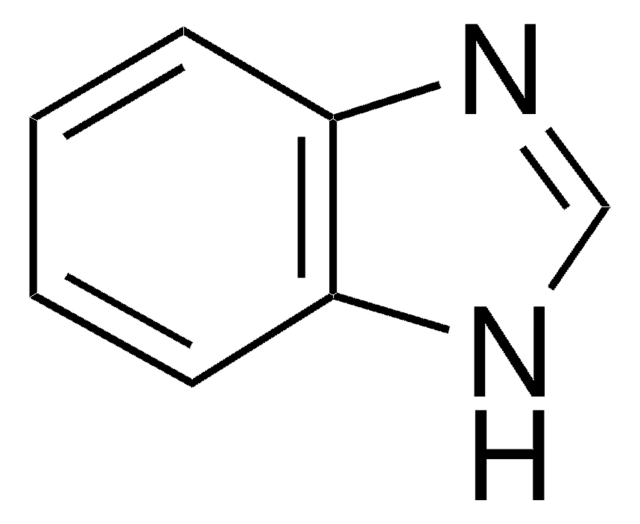

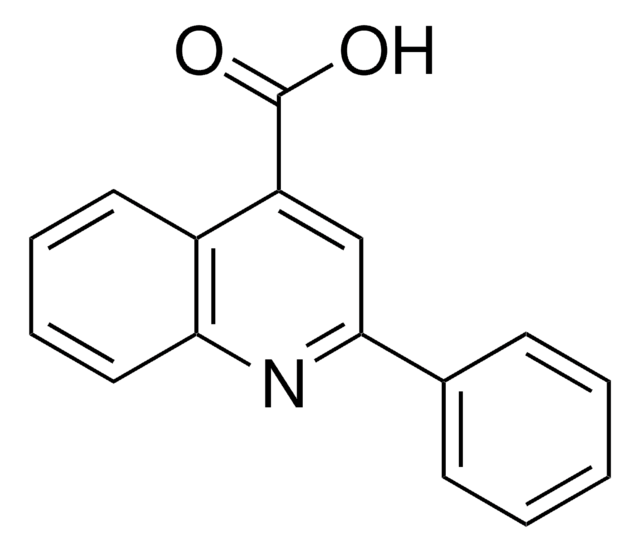


![11H-Benzo[a]carbazole](/deepweb/assets/sigmaaldrich/product/structures/391/065/abfb4cba-81ab-44b8-a816-d8791a903400/640/abfb4cba-81ab-44b8-a816-d8791a903400.png)
